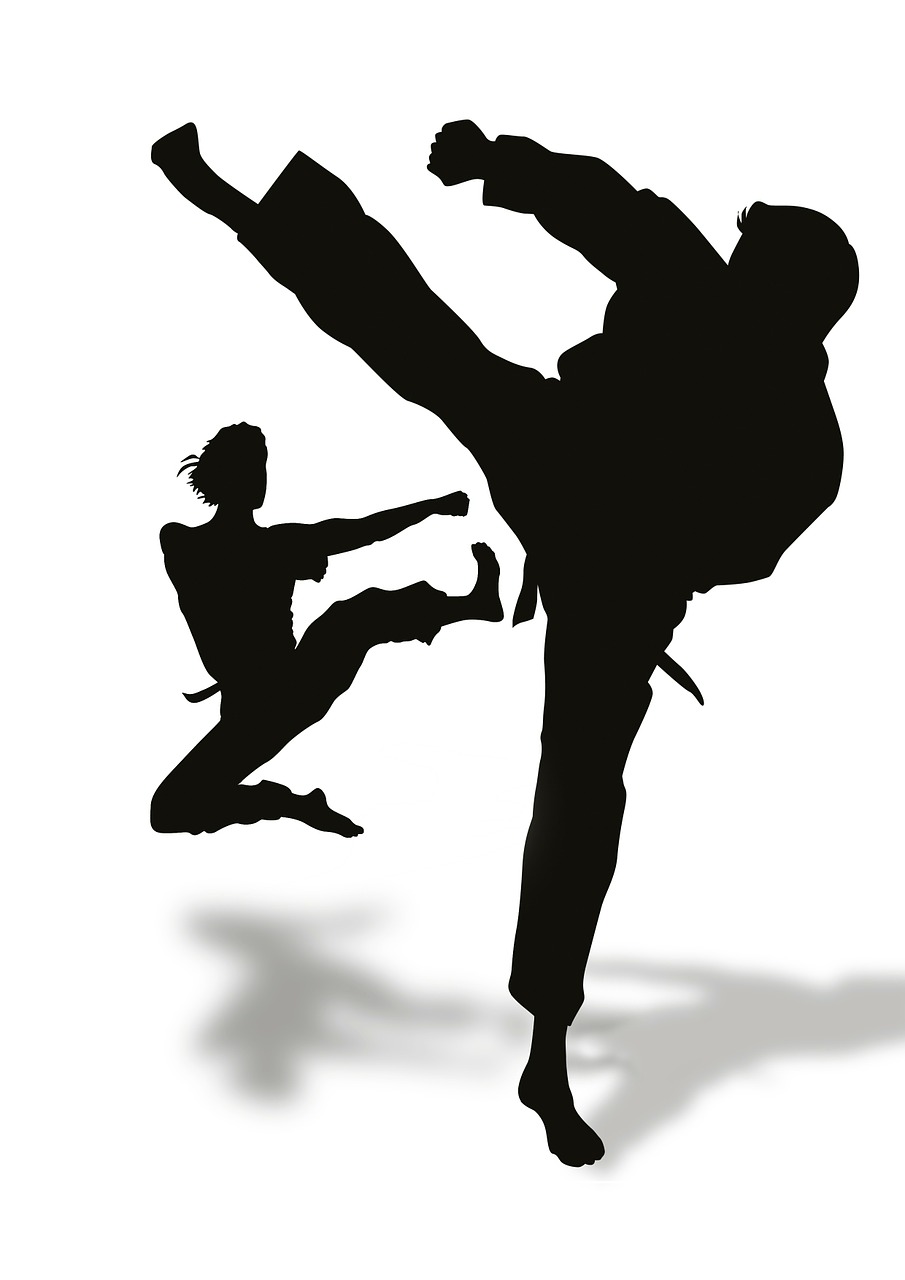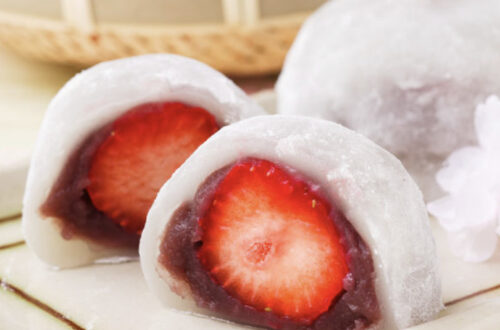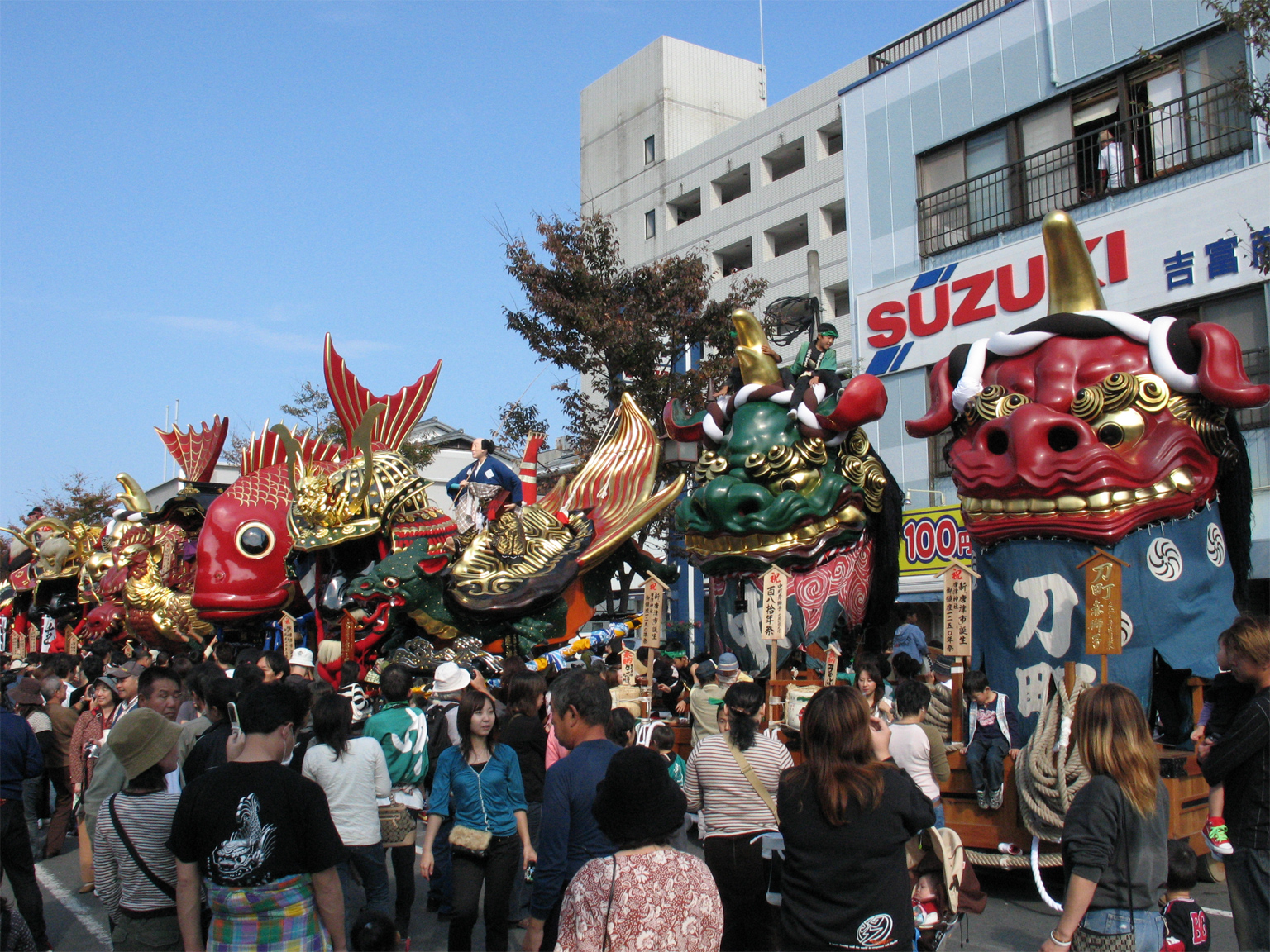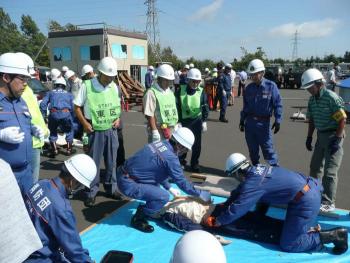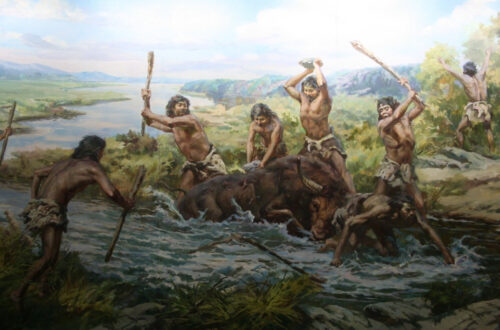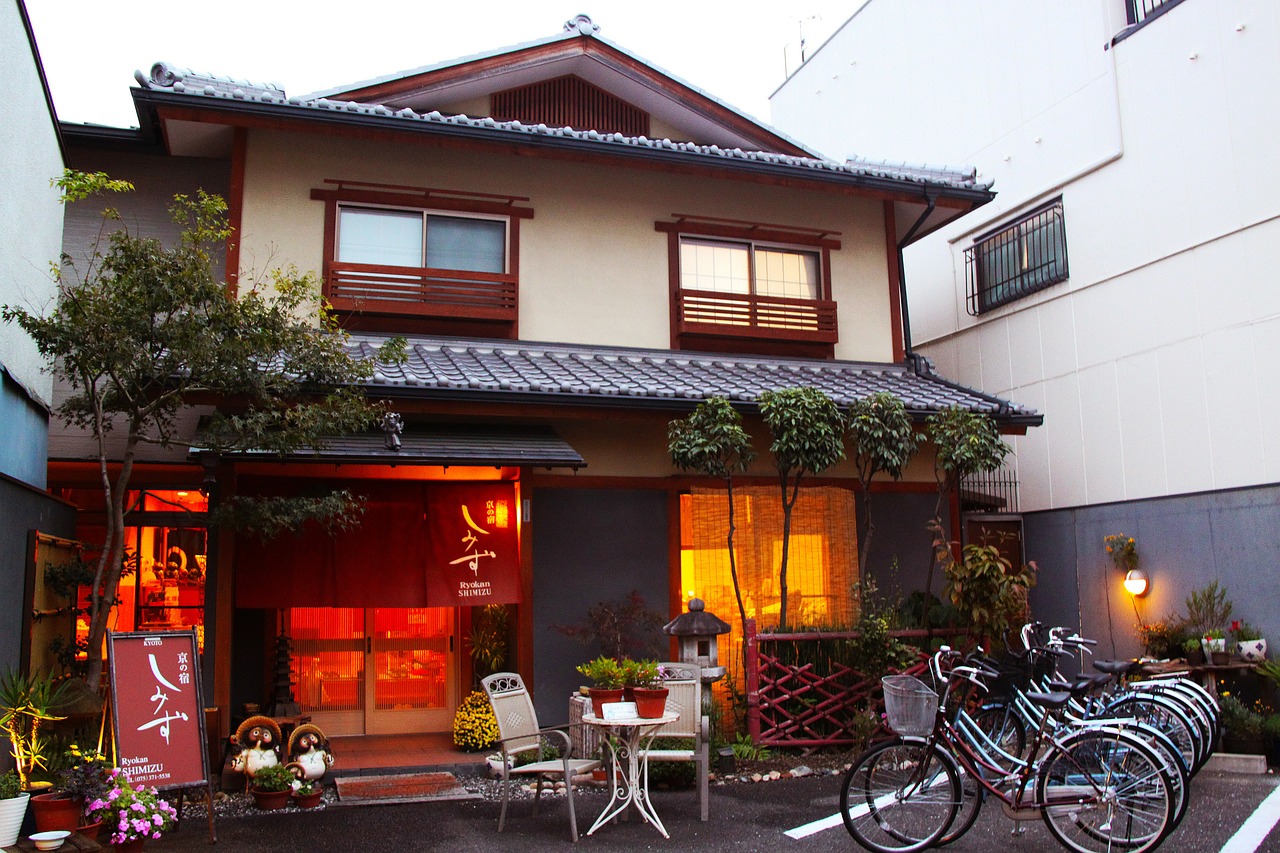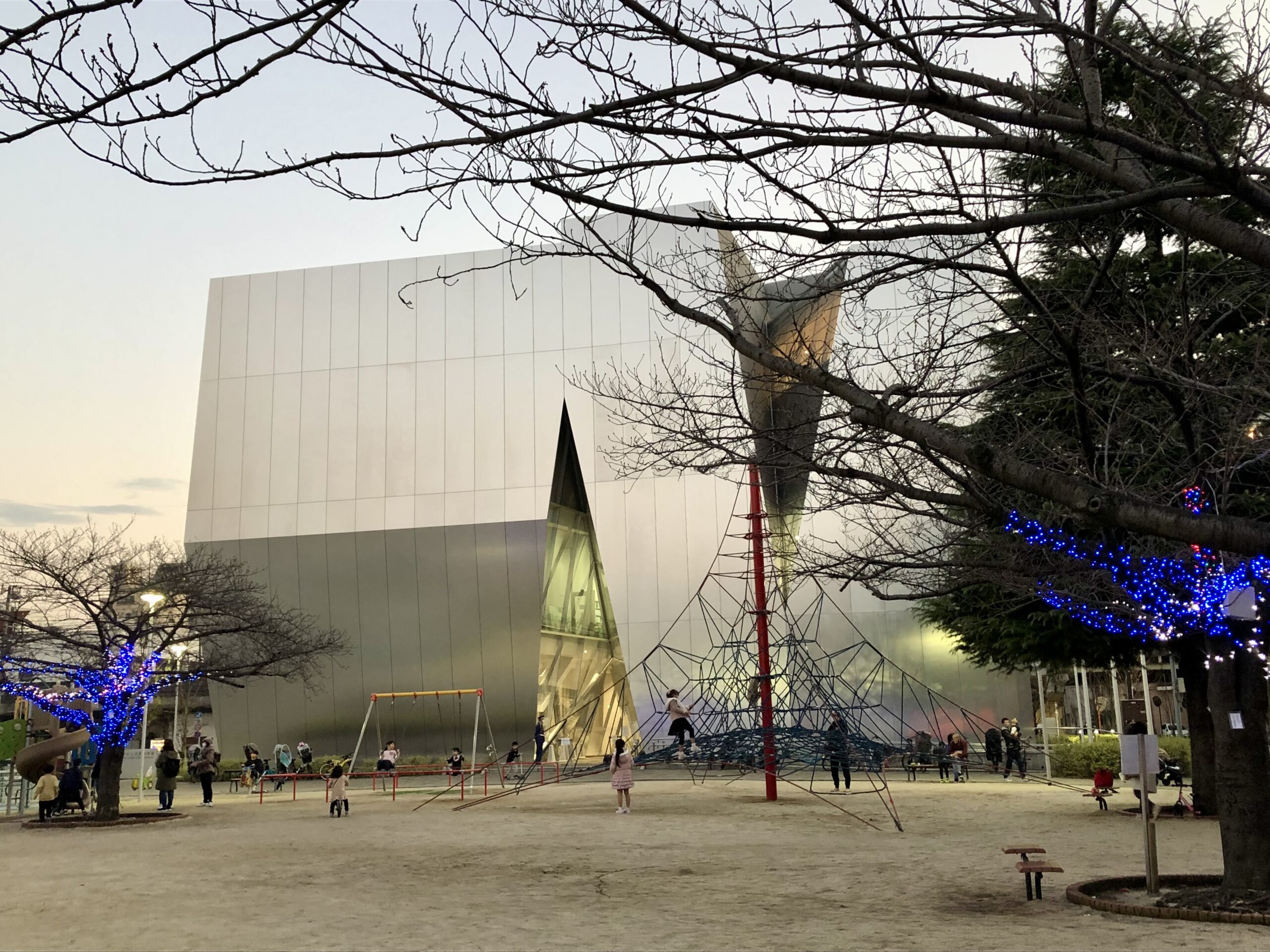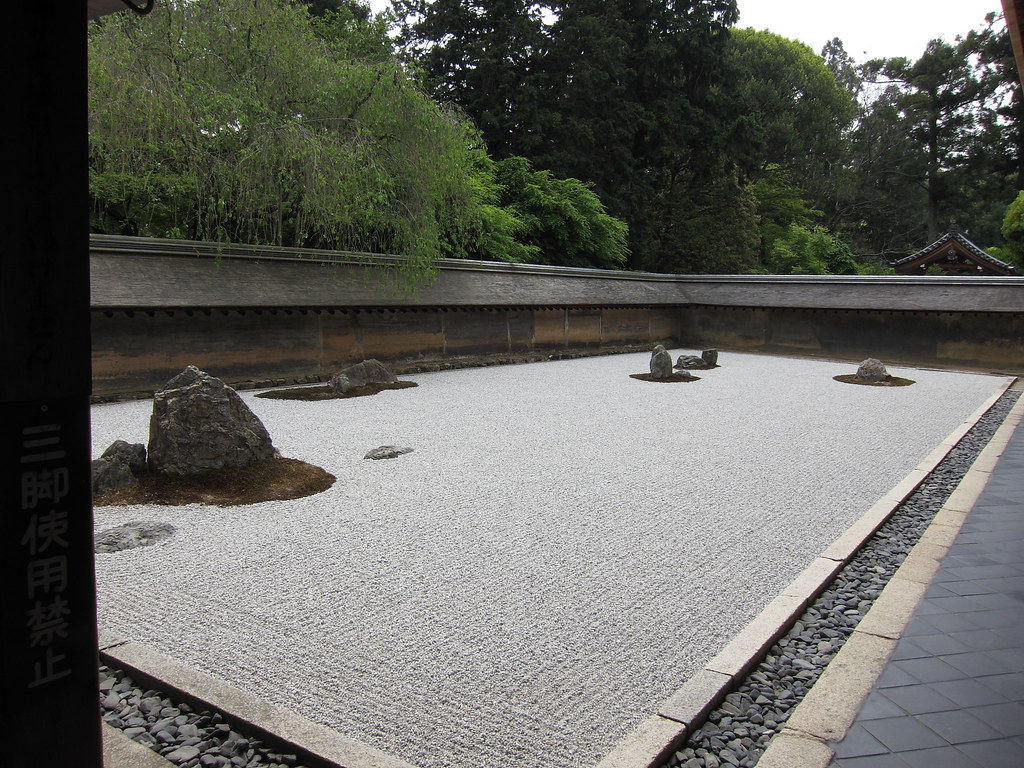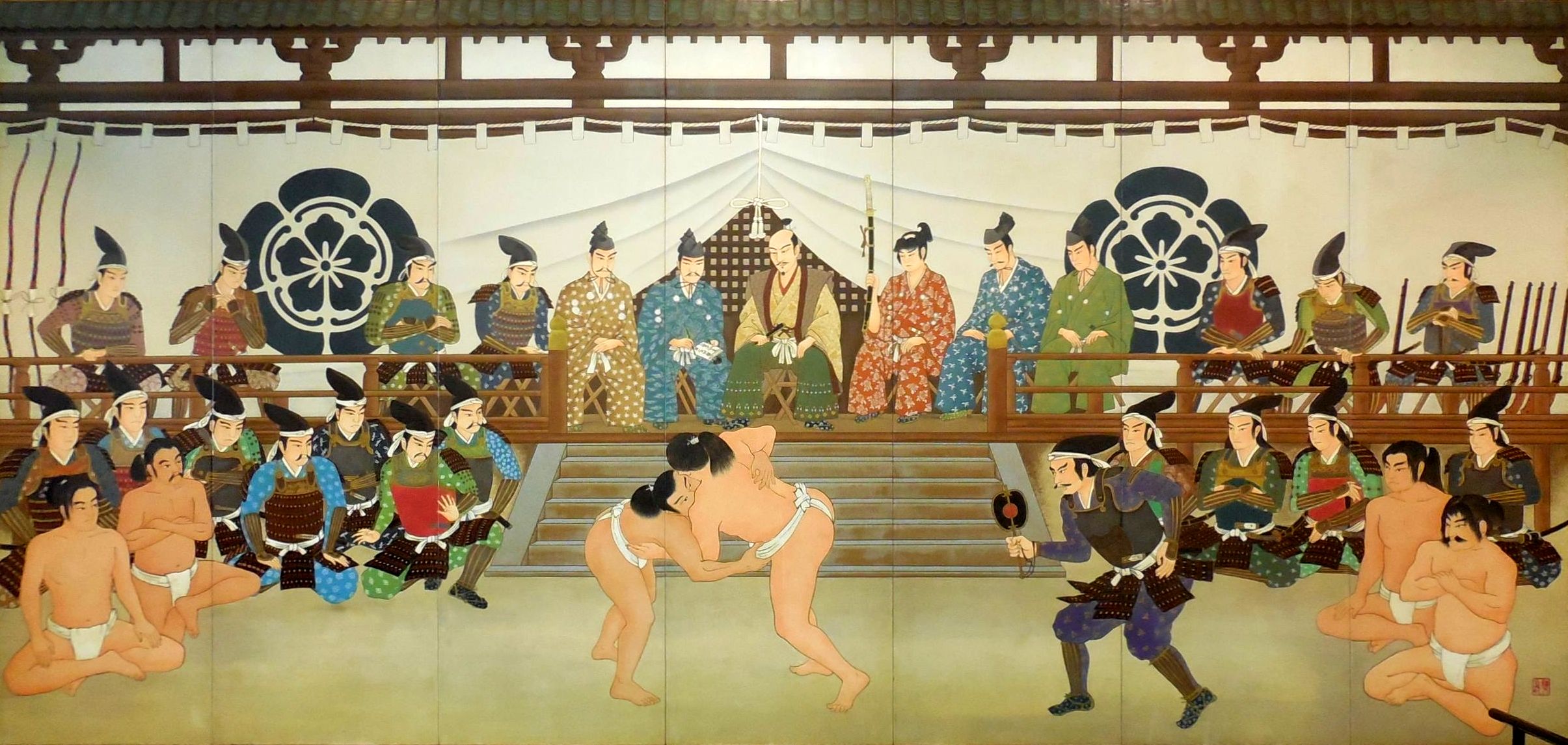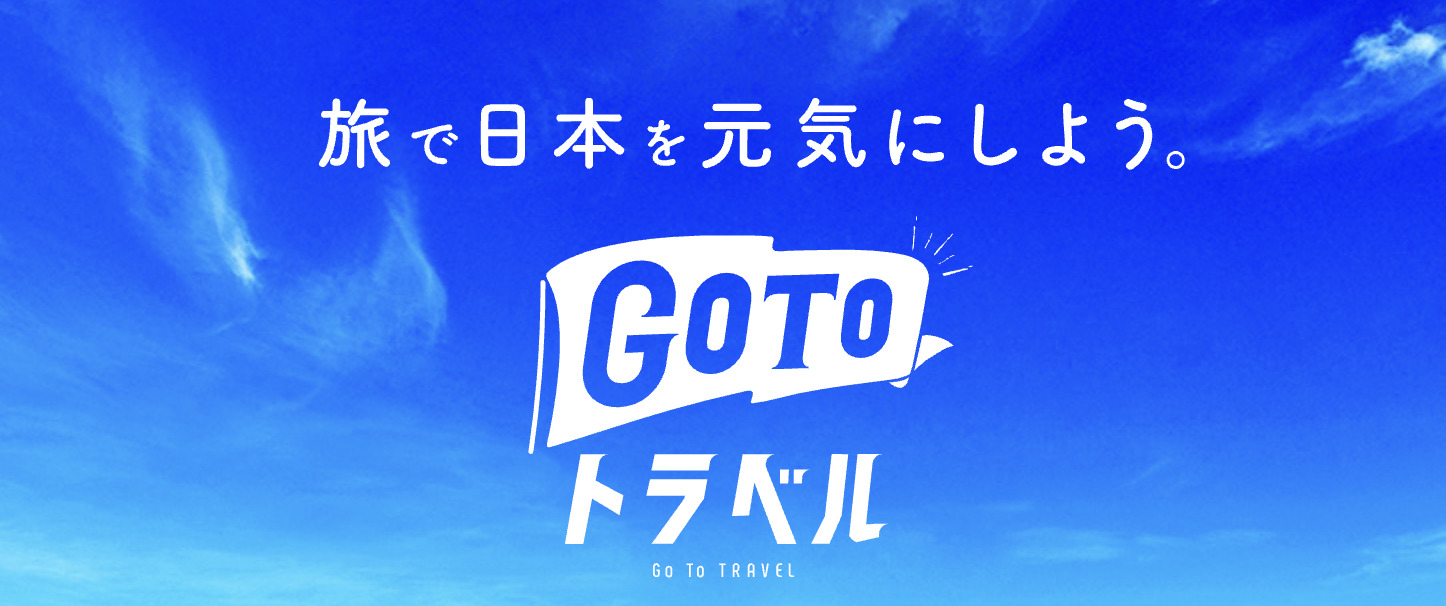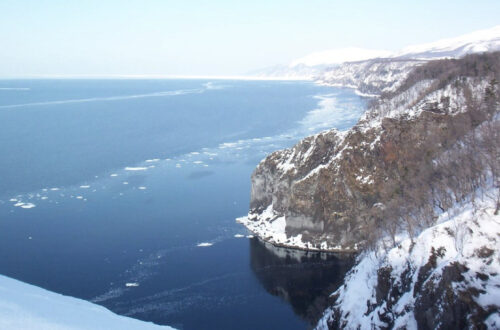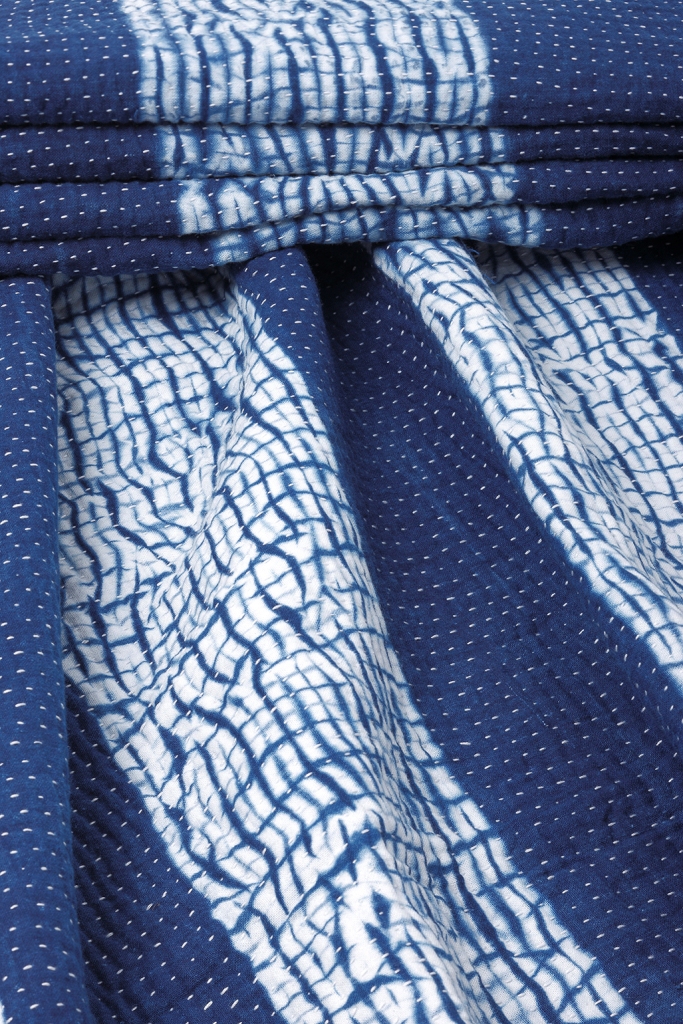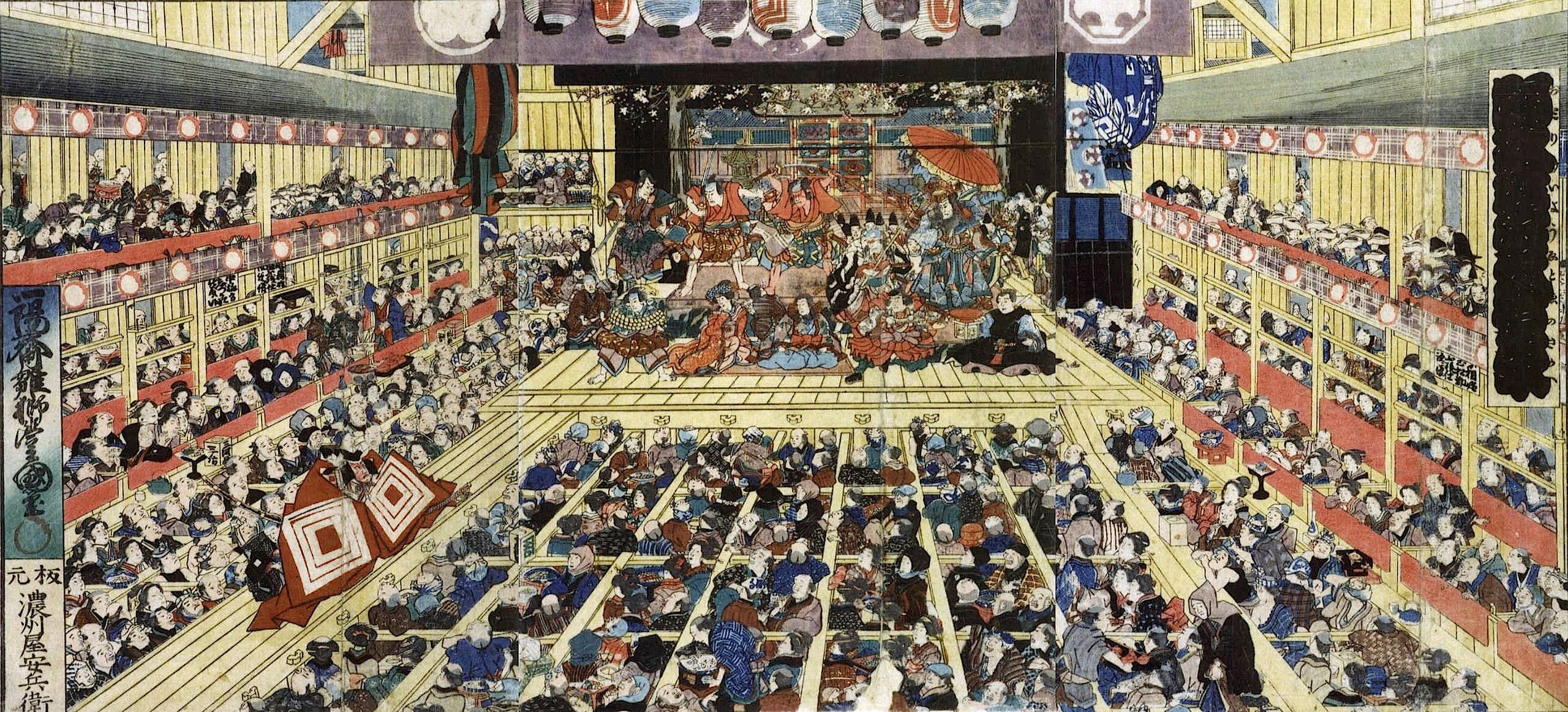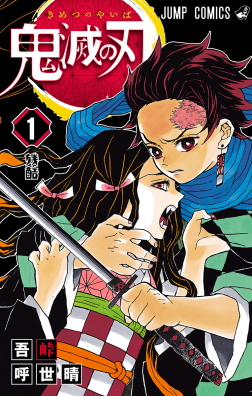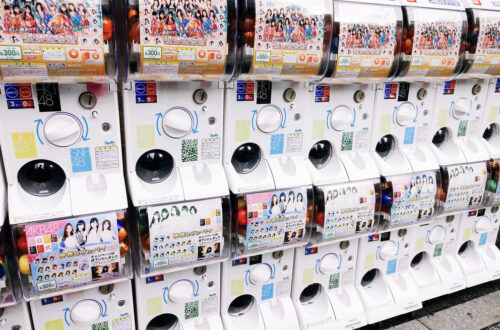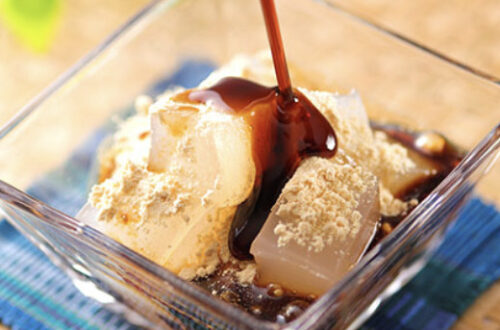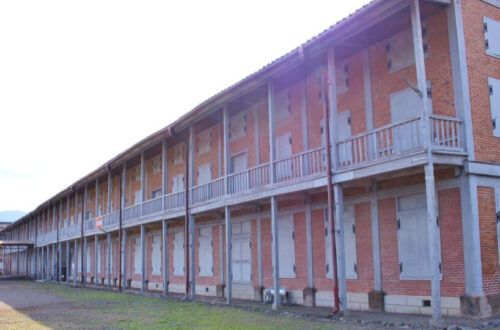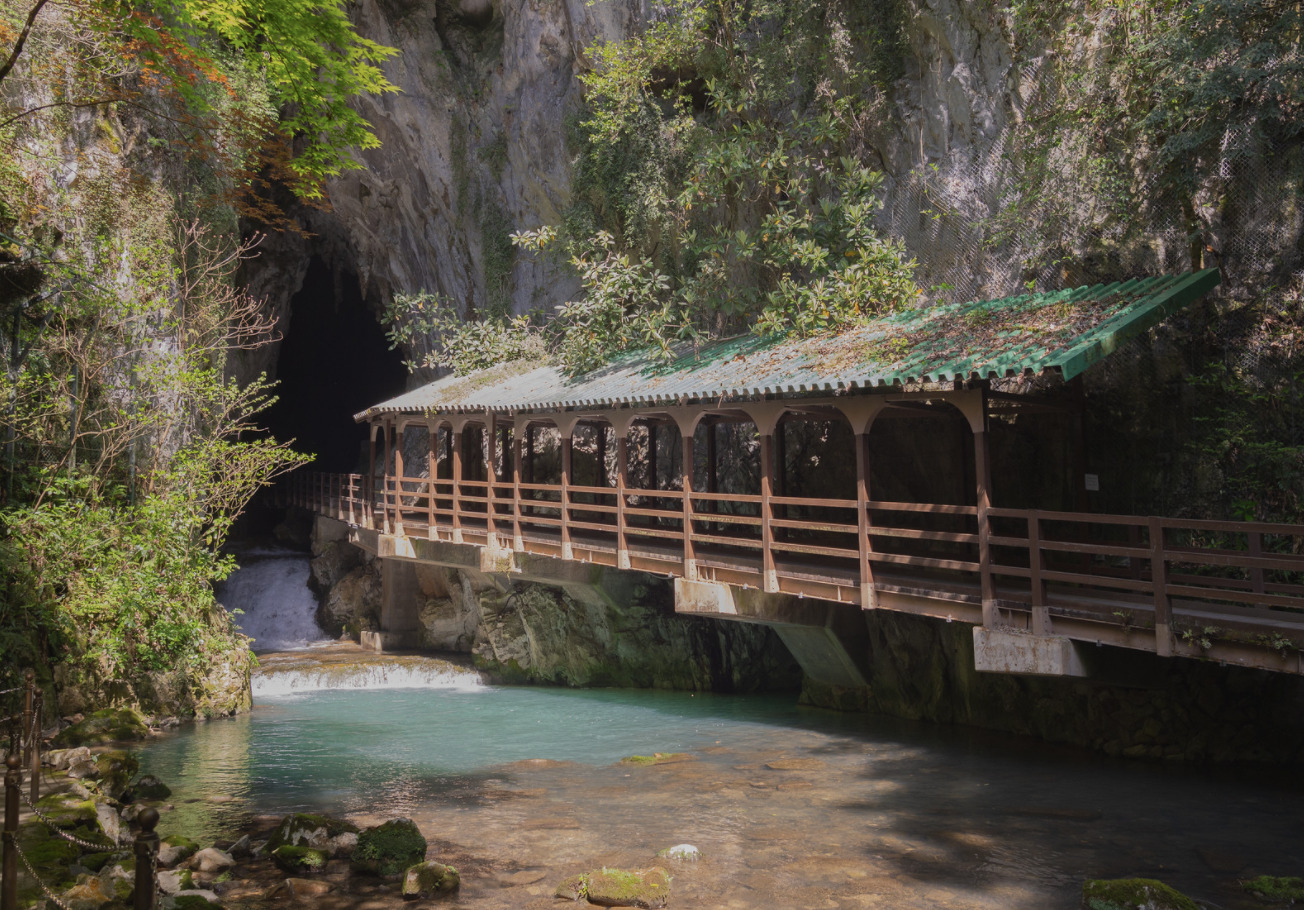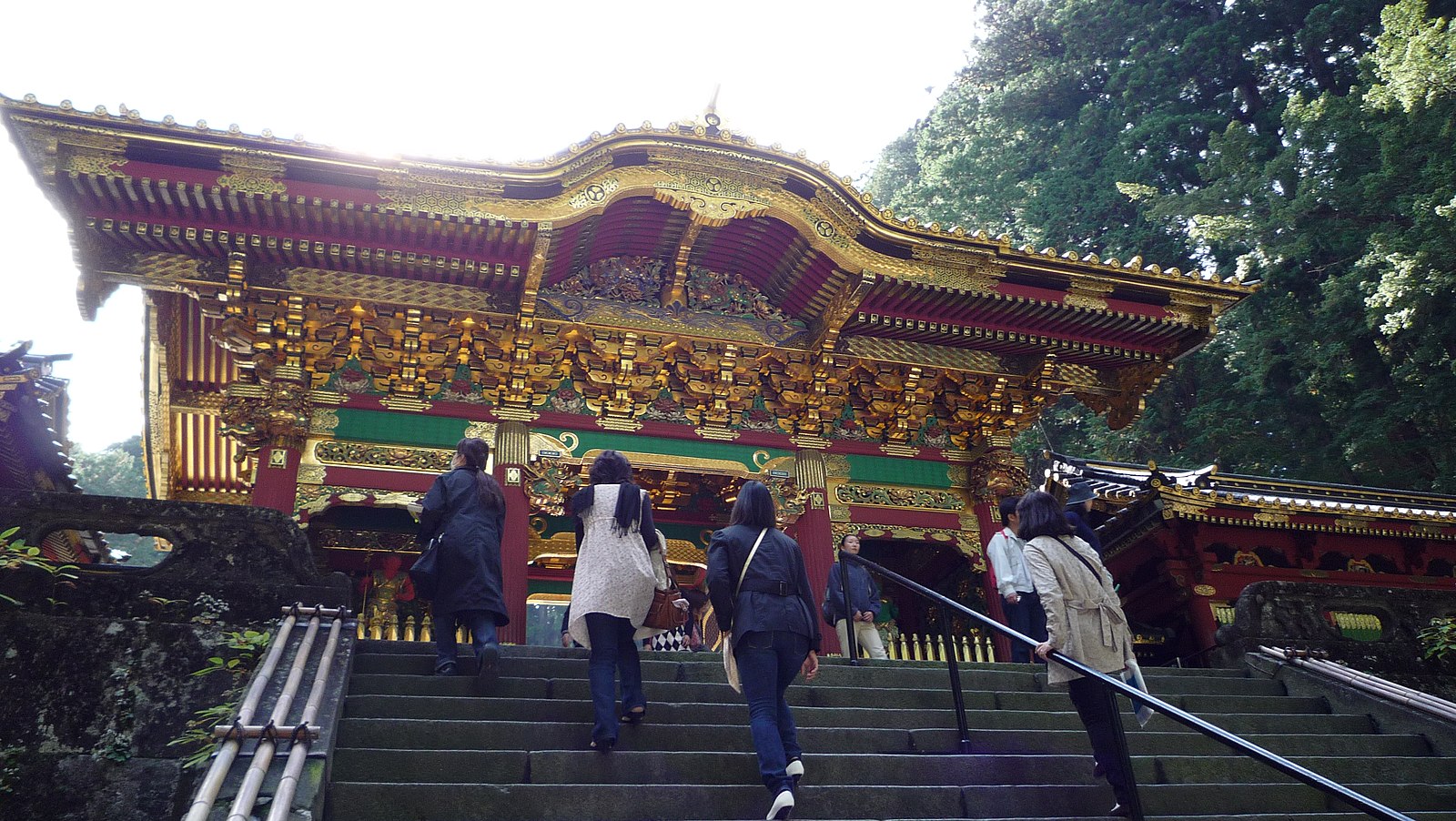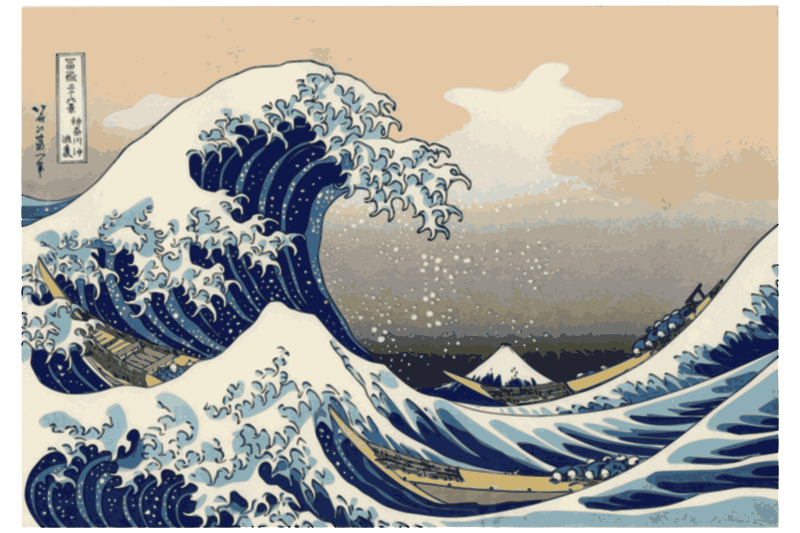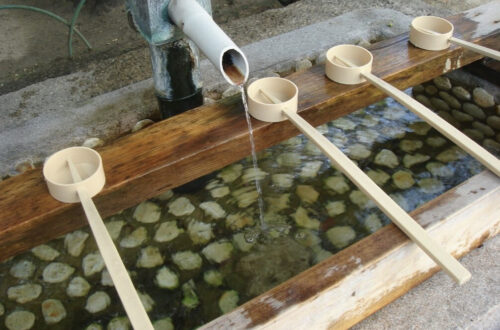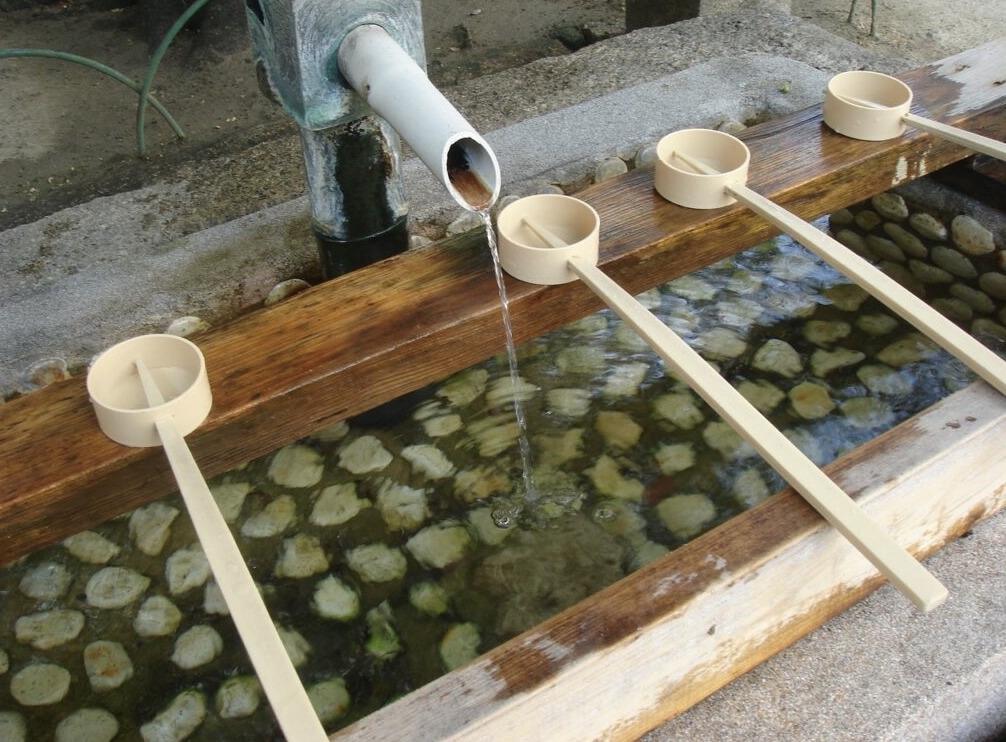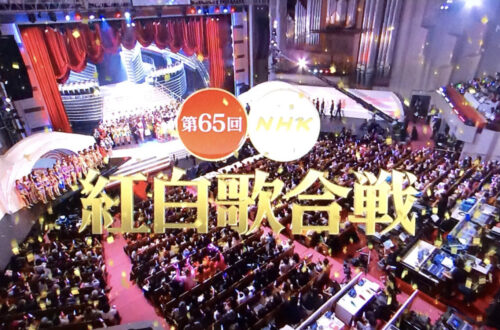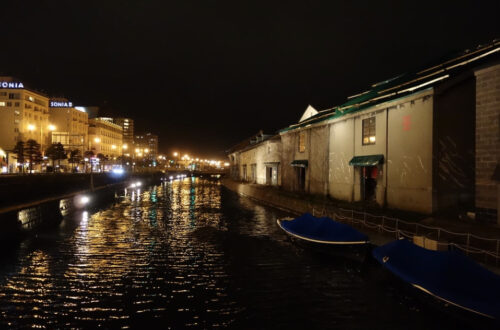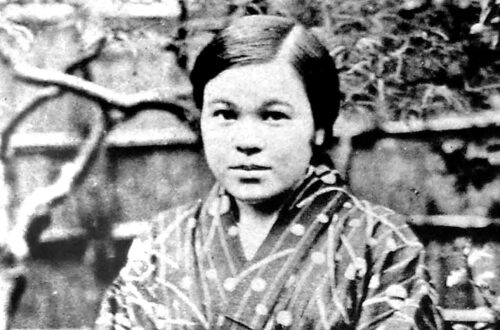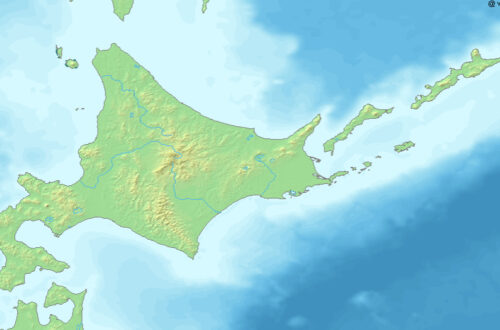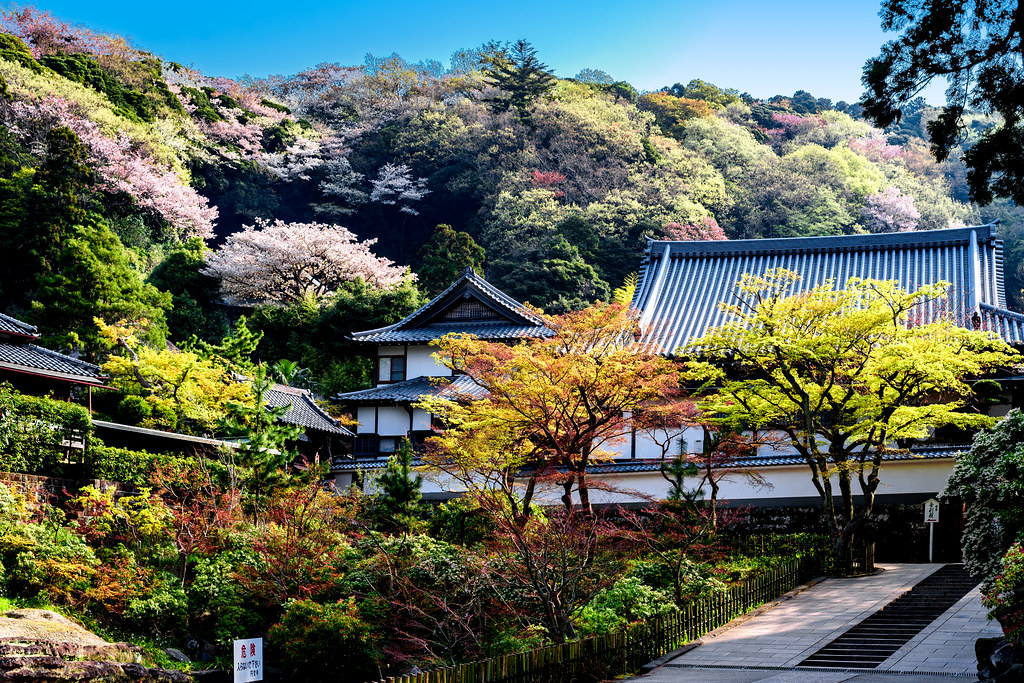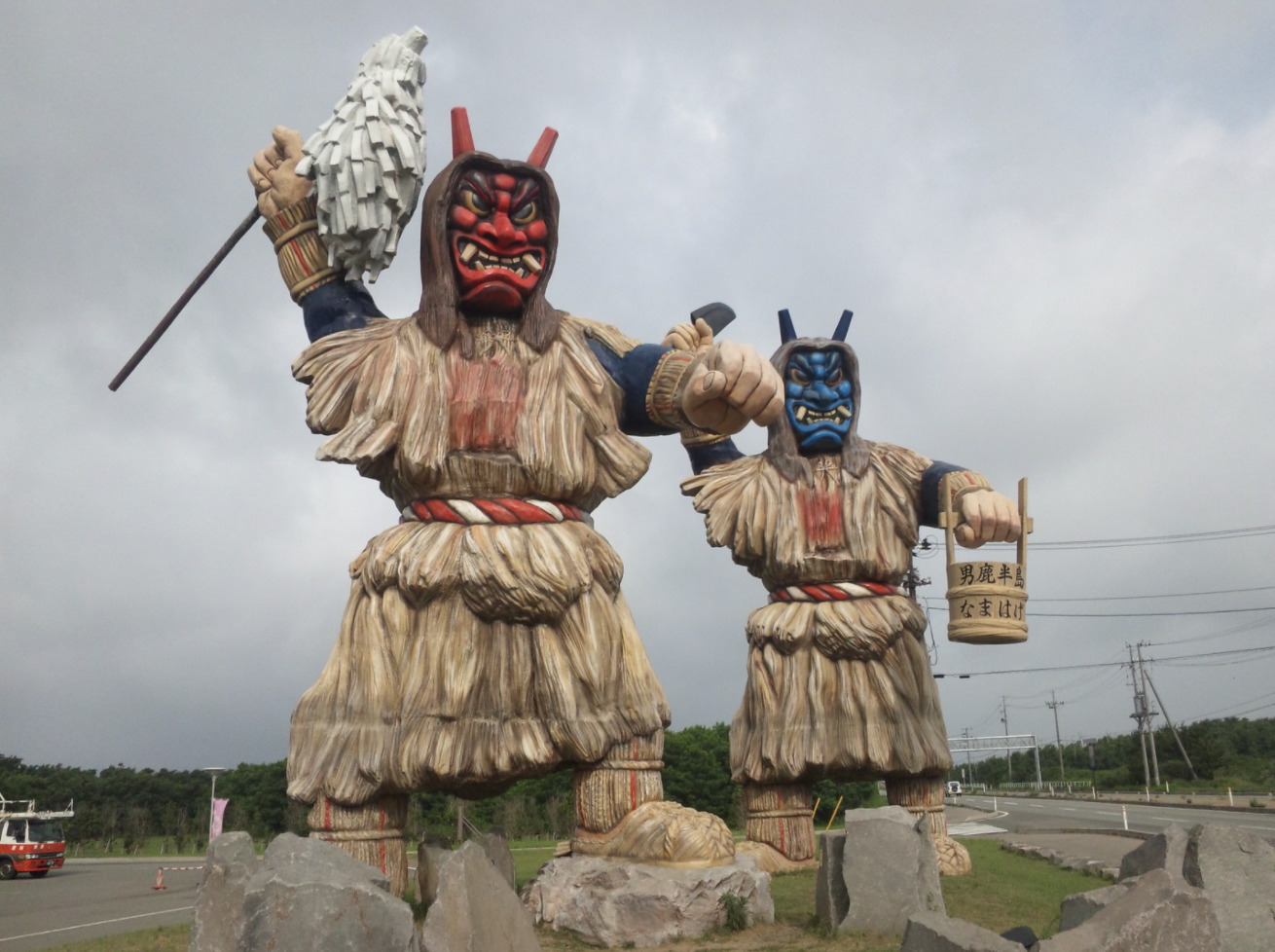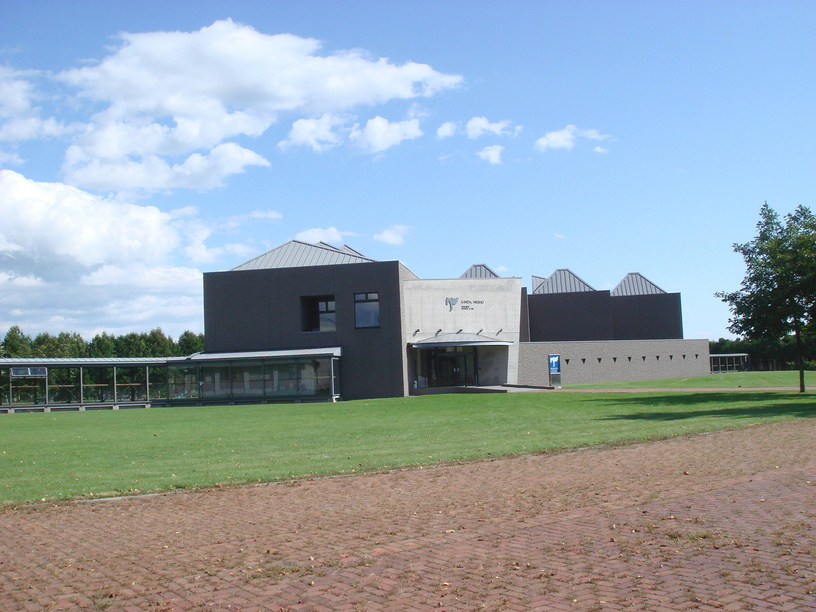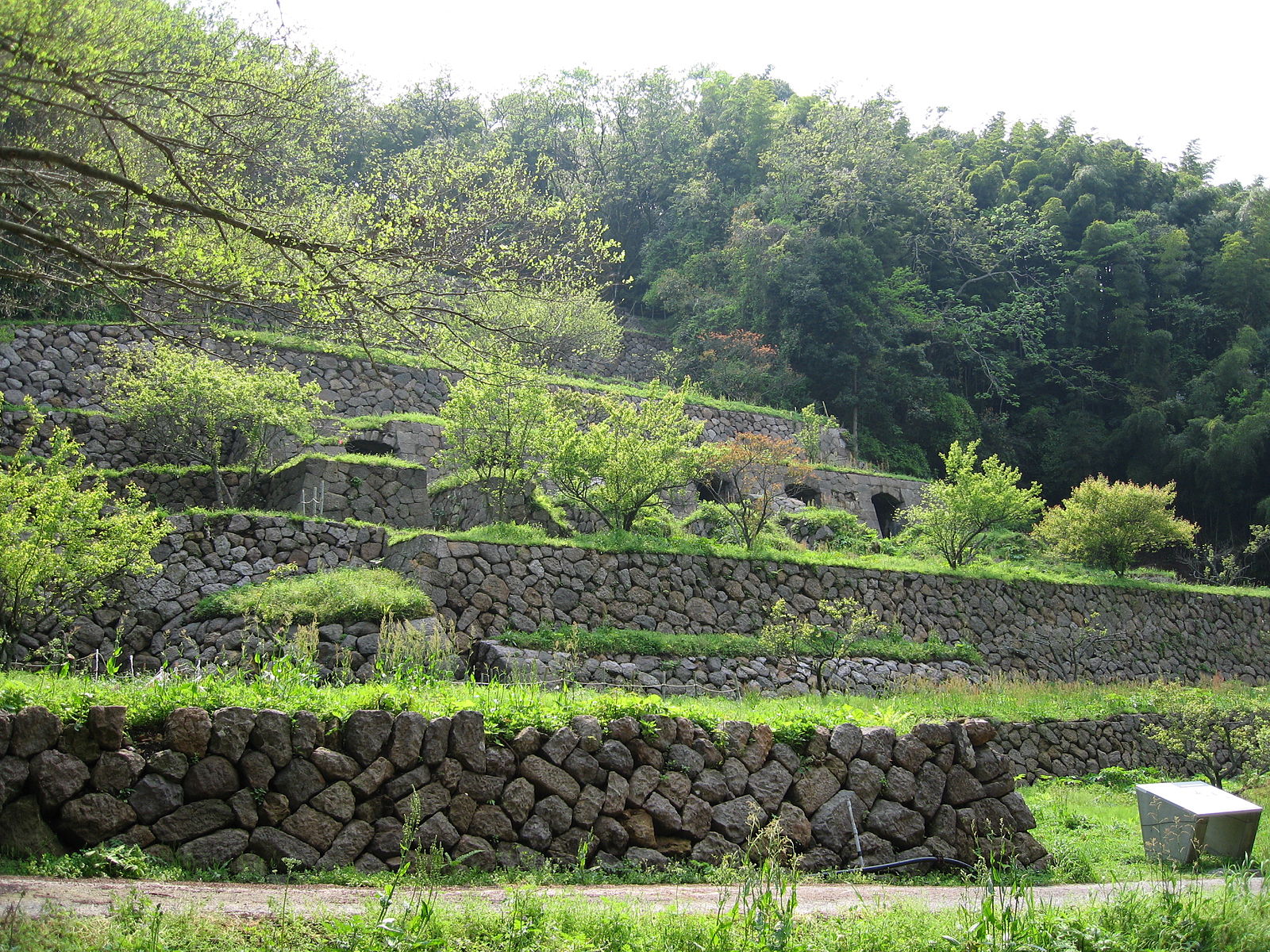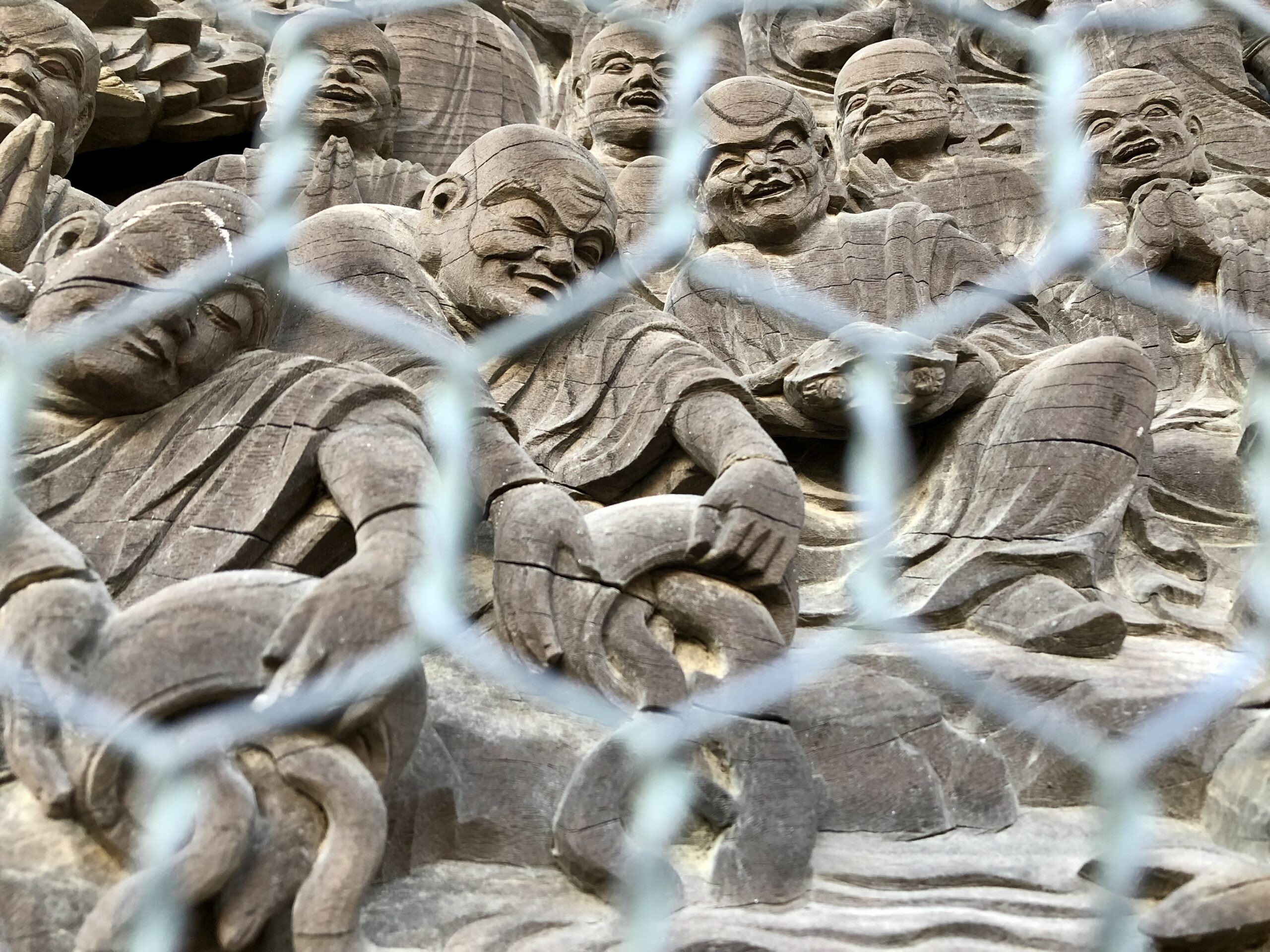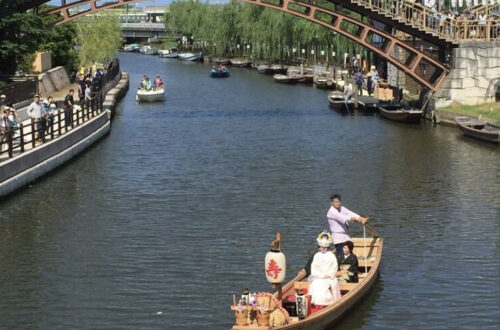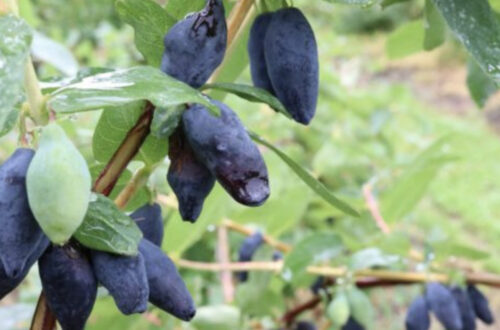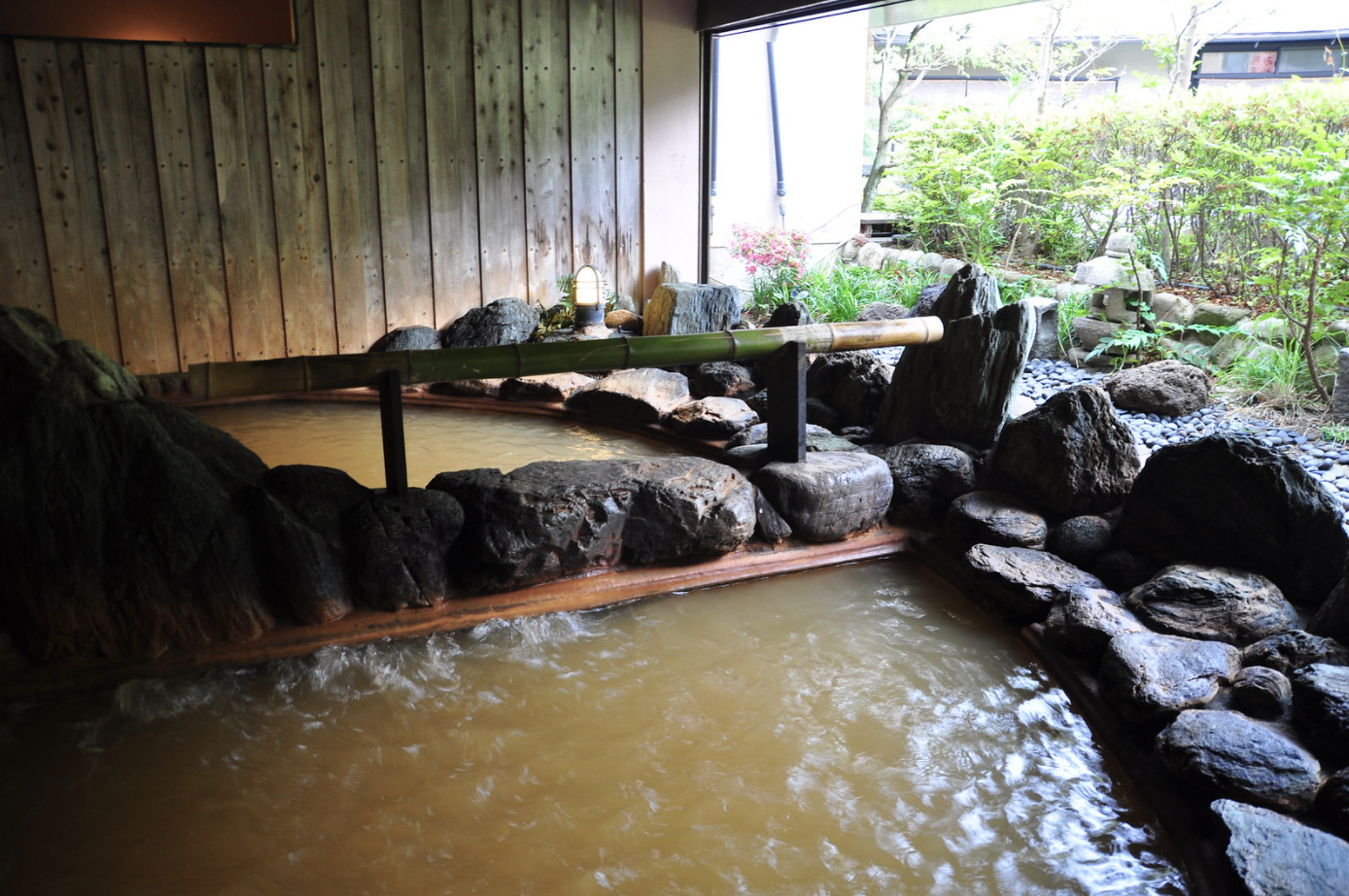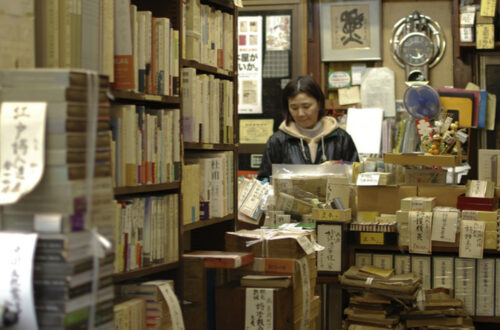Japanese Culture
Japanese Culture
-
Japanese Martial Arts 武道
Japanese martial arts are practiced at training halls called dojo. The floor of the dojo is different depending on the type of martial art. Some are wooden floors and others are tatami-matted. In the dojo, there is often a Shinto altar, to which trainees bow before and after the practices. 日本の武道は道場と呼ばれる練習場で行われます。道場の床は行われる種類によって異なり、板張りや畳張りがあります。しばしば道場には神棚が設けられ、練習する人は、練習の前後に神棚に向かって礼をします。
-
Disaster Prevention 防災
Japan is located on the borders of several tectonic plates, and about 20% of magnitude 6 or over earthquakes in the world occur near Japan. So Japanese people are highly conscious of disaster prevention, and many people participate in disaster prevention and evacuation drills conducted by their local communities. 日本はいくつかのプレートの境界に位置しており、世界のマグニチュード6以上の地震の約2割が日本付近で起こっています。そのため、日本の人々は防災意識が高く、多くの人が地域で実施される防災や避難訓練に参加しています。
-
Dry Garden 枯山水
Ryoanji Temple in Kyoto has “Karesansui”, or a dry landscape garden, with no water at all. In this garden, there are 15 rocks placed on the sand. The interesting thing is that the 15 rocks are designed not to be seen at the same time from any angle. These rocks represent mountains and waterfalls, and the sand represents the flow of water. Dry landscape gardens developed under the influence of Zen Buddhism. Each visitor uses his imagination to read the message of the dry landscape garden and try to find his own answer. 京都にある龍安寺には、水をまったく使わない枯山水の庭園があります。庭園には砂の上に15個の岩が配置されています。興味深いのは、どこから見てもその15個の岩を同時に見ることができないようになっていることです。これらの岩は山や滝を、そして砂は水の流れを表現しています。枯山水は禅宗の影響を受けながら発達しました。見学者はそれぞれ想像力を使って、枯山水のメッセージを読み取り、自分自身の答えを見つけようとします。
-
“GO TO TRAVEL”
“Go to Travel” is a government project in which the government supports half the total price of domestic travel that accompanies accommodation or day trips. 70% of the benefits will be given as a discount on the travel price, and 30% as a regional coupon that can be used at the stores or restaurants in the travel destination. The aim is to bring a ripple effect on the local economy by regaining the flow of tourists which was lost due to the spread of the new coronavirus infection and encouraging visits to tourist destinations. It was suspended at the end of last year due to the worsening spread of the…
-
Demon Slayer 鬼滅の刃
“Kimetsu no Yaiba”, or “Demon Slayer”, is a popular manga series that depicts a boy fighting demons in Japan a century ago. The total circulation of books (23 volumes in total) has exceeded 150 million as of February 2021. The movie version of the animation released in 2020 exceeded the box office revenue of 40 billion yen in Japan surpassing Studio Ghibli’s “Spirited Away” and took the top spot in Japanese movie history. 『鬼滅の刃』(きめつのやいば)は、1世紀前の日本で鬼たちと戦う少年を描く人気漫画シリーズです。単行本(全23巻)の累計発行部数は、2021年2月時点で1億5000万部を突破しています。2020年に公開された劇場版アニメは日本国内での興行収入を400億円を超え、同国での映画の興行収入としては、スタジオ・ジブリの『千と千尋の神隠し』を抜いて、歴史上第1位を記録しました。 人気のアニメ映画の英語名としては、『鬼滅の刃』が “Demon Slayer”、『千と千尋の神隠し』は “Spirited Away”、『もののけ姫』は “Princess Mononoke”、そして私の大好きな『風の谷のナウシカ』は “Nausicaa of the Valley of the Wind” と呼ばれているようです。 もう20年以上昔のことになりますが、フランス在住の頃、子どもたちは『らんま1/2』と『ドラゴンボール』が大好きで、私が日本人だとわかると漫画の話で喜んでくれたものでした。テレビをつけると『アタックNo.1』のような古いアニメが放映されていたり。 また、漫画ではありませんが、深夜に小津安二郎の映画が放映されていたりしました。私はその頃、小津安二郎のことを知らなくて、古くさい日本映画にフランス語の字幕がついてテレビで放映されていることに不思議な感覚を覚えましたが、見ているうちにあの独特なカメラワークとセリフのやりとりが面白くてすっかり小津映画のファンになってしまいました。 また、気がつくとどんな小さな町にも柔道場があったり、フランスの先生の家にいくと三船敏郎のチャンバラ映画のビデオが置いてあったり、海外への日本文化の広がりに驚いたものでした。
-
Pictograms ピクトグラム
Pictograms are symbols that make you understand the concept of meaning from its shape. It has been used as a road sign in Europe since the beginning of the 20th century. The 1964 Tokyo Olympics were the first to be used officially with the international exchange. Since then, with modifications, it is now used in various aspects of life all around the world. ピクトグラムとは形から意味概念を理解させる記号のことです。ヨーロッパでは20世紀の始めから道路標識として使われてきました。公式の国際交流の場で使われたのは1964年の東京オリンピックが初めてでした。その後、修正を加えながら、現在では世界中で、生活のさまざまな場面で使用されています。
-
Oya Gacha 親ガチャ
“Oya Gacha”, or parent gacha, is a buzzword in Japan that means that a child born cannot choose a parent. It attracted attention as a word that was similar to a gacha-gacha (capsule-type vending machine operates when you insert a coin and turn the lever. As a result, a toy comes out. It is always a surprise). 「親ガチャ」とは、 生まれてくる子供は親を選ぶことができないことを意味する日本の流行語。運要素の強いガチャガチャ(カプセル式自動販売機。 コインを入れてレバーを回すと商品が出てくる。 自分では商品を選べない)にたとえた言葉として注目を集めた。
-
Hand Washing 手洗い
In Japan, people wash their hands at a Chozuya or a hand wash facility in front of shrines to purify themselves before visiting them. People in Japan like to be clean, and hand washing is enthusiastically taught in primary school. Especially this year, it has been a useful means to prevent the spread of the covid-19 virus. 日本では神社にお参りする前に、身を清めるために、手水舎(てみずや)で手を洗います。元々、日本人はきれい好きで、よく手を洗いますが、小学校でも、子供たちに手をこまめに洗うように指導しています。手洗いは、特に今年は、新型コロナウイルスの流行を抑える一つの有効な手段となっていました。
-
KARATSU 唐津
Karatsu is a town facing the Genkai Sea, northwest of Saga Prefecture in Kyushu. Karatsu ware, which is said to have been introduced by potters on the Korean Peninsula during the time of Toyotomi Hideyoshi in the 16th century, has strength in its simplicity. “Karatsu Kunchi”, which dates back to about 400 years, is an autumn festival at Karatsu Shrine. The Yobuko Morning Market, which sells everything from fresh seafood from the nearby sea to pottery, is famous nationwide. 唐津市は、九州佐賀県の北西、玄界灘に面した町です。16世紀の豊臣秀吉の時代に朝鮮半島の陶工たちが伝えたとも言われる「唐津焼」は素朴さの中に力強さを秘めています。およそ400年の歴史をもつ「唐津くんち」は唐津神社の秋祭り。近郊の海でとれた新鮮な海の幸から焼き物まで商われる「呼子(よぶこ)の朝市」は全国的にも有名です。
-
Engaku-ji Temple 円覚寺
Engaku-ji Temple, located in Kamakura City, Kanagawa Prefecture, was built during the Kamakura period in the 13th century. Located in the back of the precincts Shariden, or a reliquary hall, is a masterpiece of the architectural style “Zenshu-yo” that was introduced from China along with Zen Buddhism, and is designated as a national treasure. Zen Buddhism values simplicity, so there are no vibrant colors or noticeable sculptures. It expresses a plain, simple and sturdy beauty that is familiar to Zen teachings. 神奈川県鎌倉市にある円覚寺は13世紀の鎌倉時代に創建されました。境内の奥に位置する舎利殿は、禅宗とともに中国から伝わった建築様式「禅宗様」の傑作で、国宝に指定されています。禅宗は簡潔さを重んじるため、派手な色や目立つ彫刻はありません。禅の教えに通じる飾り気のない質実剛健な美を醸し出しています。
-
Cleaning 掃除
At primary schools in Japan, students clean their classrooms by themselves. This is said to be related to the teachings of Buddhism and also leads to activities such as cleaning dojo before practicing judo or kendo. From the educational point of view for fostering a spirit of cooperation and independence. Cleaning has even been adopted in some educational institutions overseas. 日本の小学校では生徒が教室の掃除をしています。これは仏教の教えに関連するとも言われていて、柔道や剣道の練習の前に道場を掃除することにも通じます。協調性や自主性の育成など、教育的観点からも掃除が注目され、海外でも取り入れられています。
-
The Iwami Ginzan Silver Mine 石見銀山
The Iwami Ginzan Silver Mine in the western part of Shimane Prefecture was registered as a World Heritage Site for the first time in Asia as a mining site in 2007. A silver vein was discovered in the 16th century during the Sengoku period, or the age of civil war, and since then, developed by warlords seeking silver. It is said that there were more than 30,000 workers at its golden age and produced one-third of the world’s silver. 島根県の西部にある石見銀山は2007年に鉱山遺跡としてアジアで初めて世界遺産に登録されました。戦国時代の16世紀に銀の鉱脈が発見され、それ以来、銀を求める戦国大名によって発展してきました。最盛期には3万人以上の労働者が働き、世界の3分の1の銀を産出していたといわれています。
-
Arima-Onsen hot spring 有馬温泉
One of the most famous hot springs in Japan, Arima-Onsen, is located in Kita-ku, Kobe City, Hyogo Prefecture. It is noted for its red hot water called Kinsen, or golden spring. This hot water originally has no color and is clear but turns a unique red color when it touches the air due to the iron in the water. Arima-Onsen is regarded as the oldest hot spring in Japan and more than one million tourists come to visit every year. 兵庫県神戸市北区にある有馬温泉は、金泉と呼ばれる赤いお湯で有名です。このお湯は元は無色透明ですが、空気に触れることで、中の鉄分が酸化して、独特の赤い色に変化します。有馬温泉は、日本最古の名湯と言われており、毎年100万人以上の観光客が訪れます。 「中の鉄分が酸化して」の部分、最初は dioxide 酸化という語句を使って訳したのですが、ネイティブの先生から tour guide interpriter としての説明なら、もっと分かりやすい言葉で説明した方がいいんじゃない?というアドバイスをもらったので due to the iron in the water に直しました。「透明」も transparent から clear にしました。説明する相手によって語句のレベルを選んだほうが良いかもねというアドバイスで、もっともだと思いました。
-
Namahage なまはげ
An event that takes place in Oga, Akita prefecture known as Namahage is celebrated on New Year’s Eve which everyone participates in. For the Oga people, Namahage is a visiting god that warns of laziness, drives away the troubles of the house, and brings health, field mountain fruits and seafood. Young people in the village dress up as Namahage and go around the houses in the area, shouting “Any babies crying?”. On November 29, 2018, Namahage in Oga was registered as a UNESCO’s Intangible Cultural Heritage as one of the “Visiting Gods: Gods of Masks and Costumes”. 男鹿のナマハゲは、大晦日の晩、男鹿半島全域で行われる行事です。集落の青年たちがナマハゲに扮して、「泣く子はいねがー」などと大声で叫びながら地域の家々を巡ります。男鹿の人々にとってナマハゲは怠け心を戒め、家の厄を祓い、無病息災・田畑の実り・山の幸・海の幸をもたらす来訪神です。平成30(2018)年11月29日に、男鹿のナマハゲは「来訪神:仮面・仮装の神々」の一つとしてユネスコ無形文化遺産に登録されました。
-
Akiyoshidai, the largest karst plateau in Japan 秋吉台
Akiyoshidai in Yamaguchi prefecture is the largest Karst plateau in Japan. Under 100 meters of the Akiyoshidai, there is Shuhodo, one of the largest limestone caves in Asian Pacific, most areas of which is designated as the national park and a part of which is a special natural monument. There, you can experience a mysterious world that was created by rain falls. The groundwater system in Akiyoshidai was registered in the Ramsar Treaty in November 2005. 山口県の秋吉台は日本最大のカルスト台地です。その秋吉台の地下100メートルに、東洋屈指の大鍾乳洞「秋芳洞」があります。大部分が国定公園に、その中の一部は特別天然記念物に指定されています。秋吉台に降り注ぐ雨水によって、長い歳月をかけて作り上げた神秘的な世界がそこにあります。秋吉台の地下水系は2005年11月、ラムサール条約に登録されています。


